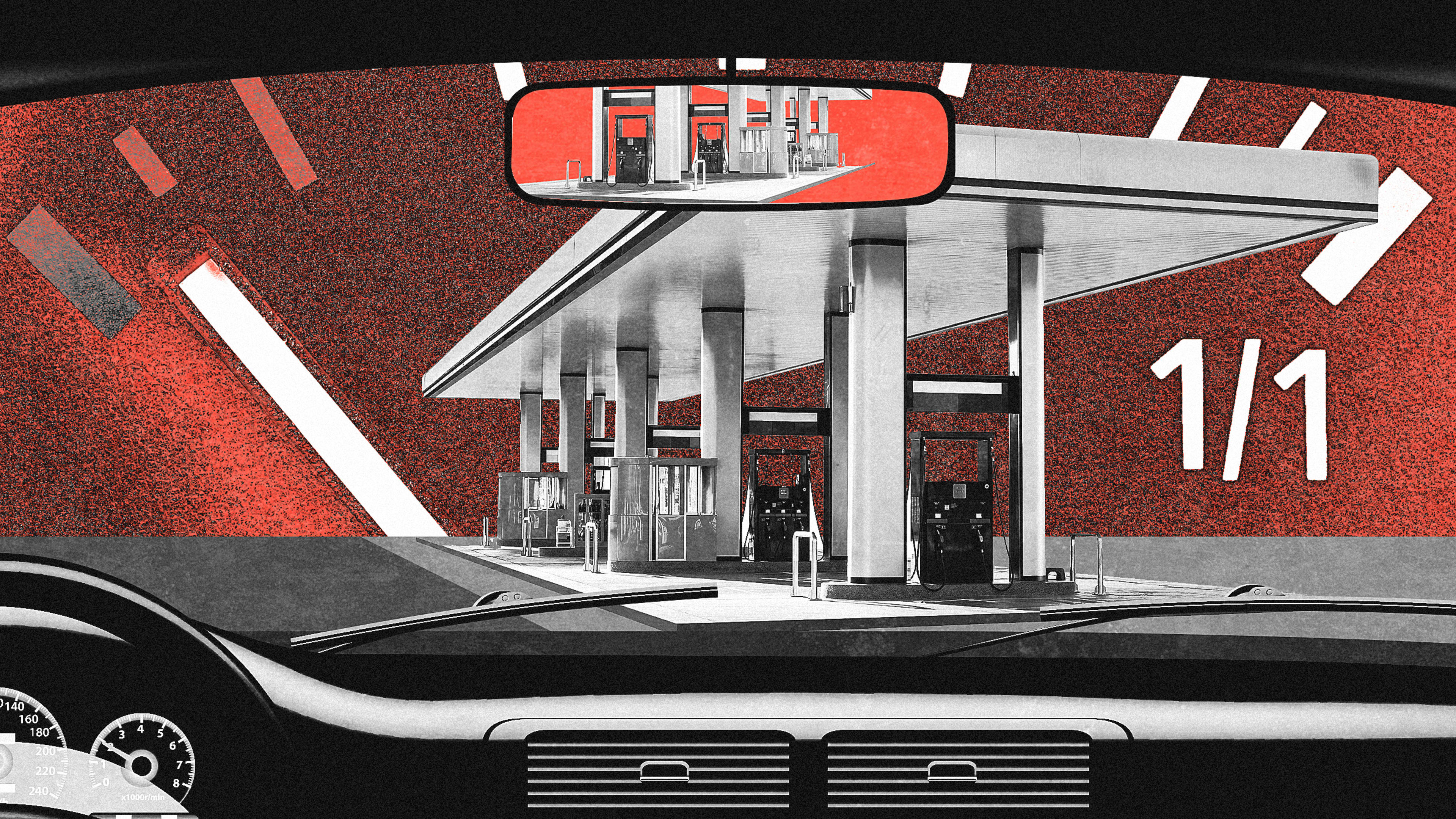The average American driver travels an average of 24 miles per day. “Superusers,” meanwhile, make up the top 10% of U.S. drivers, racking up an average of 116 miles each weekday. Getting these drivers to switch from gas to electric could make a big dent in auto emissions—five times that of a “normal” driver, according to a new report from environmental nonprofit Coltura.
The report, released earlier this month, finds that superusers often churn out their high mileage from lengthy commutes or travel-heavy professions like construction. And in rural areas where 58% of superusers live, longer distances to work, school, and the grocery store make gas use quickly add up. Compounding the issue is superusers’ preferences for larger, fuel-inefficient vehicles; 61% drive SUVs or pickup trucks.
Getting drivers to embrace electric vehicles has been a big part of federal and state policy over the last few years, with rebates and incentives for buyers. Currently, at least 16 states have EV rebate incentives, with states like Colorado and Connecticut offering as much as $8,000. But “at the end of the day, how many EVs you sold is just not a very helpful metric,” Coltura’s co-executive director Janelle London says, adding that policymakers should focus more on reducing overall gas consumption. Doing so would likely mean targeting superusers in particular, who contribute to 35% of national gasoline use, with a longer-term goal of widespread EV adoption.
Given how much these drivers spend on gas, why haven’t they already made the switch to electric? London says consumers often assume going electric would dramatically raise their costs. But the report finds that trading in a 2015 Ford F-150 for its electric counterpart, a 2023 Ford F-150 Lightning, for instance, would save around $200 per month on fuel, maintenance, and repairs. London argues that despite often higher purchase prices, superusers would make up the cost difference in a few years.
“When superusers do the math, they’re going to find that what they can’t afford is to keep driving with gasoline,” she says. The average superuser spends 10% of their income on gas, a hefty price for the 43% of superusers who make less than the national median household income.
Cost isn’t the only factor working in superusers’ favor. In recent years, carmakers like Hyundai and Rivian have released EVs similar to the models favored by superusers, with more expected in the near future. And the report found that most superusers live in single-family homes, which make it easier to install EV chargers than in apartments or condos. Their average distance—116 miles on weekdays—is less than the typical 150-mile EV range, so if they charge at home during the night, many will be able to avoid charging stops during the day.
But range anxiety is still a major concern for drivers, who worry that EV-charging infrastructure won’t be available if they need a charge midday. This is especially true for superusers, who are more likely to live in states like North Dakota and South Dakota, where EV chargers are far scarcer than in other parts of the country. President Joe Biden’s $5 billion National Electric Vehicle Infrastructure program aims to build 500,000 publicly available EV chargers by 2030, but its rollout has been slow so far.
Recognize your brand’s excellence by applying to this year’s Brands That Matter Awards before the early-rate deadline, May 3.
